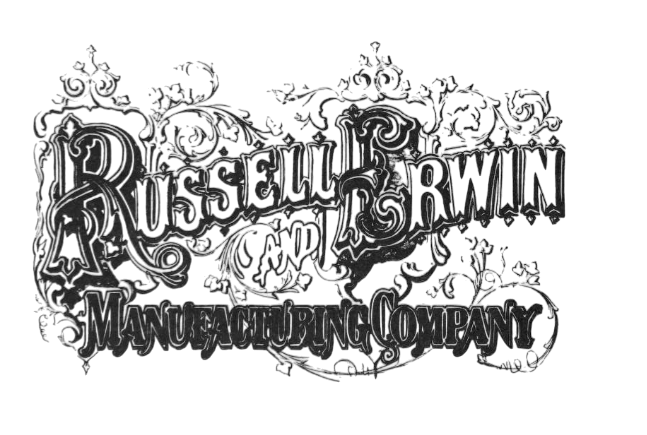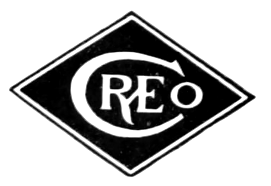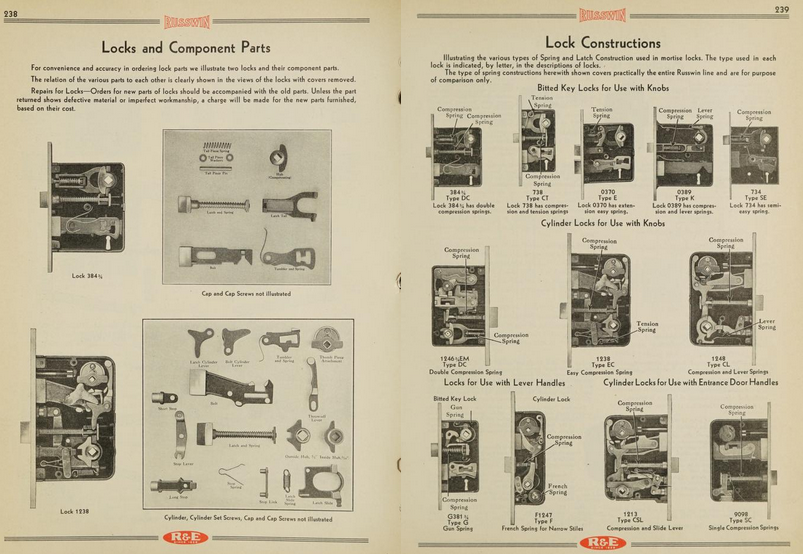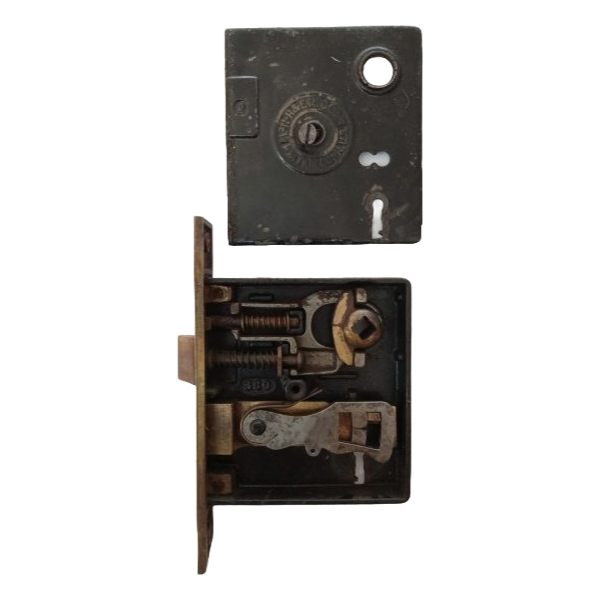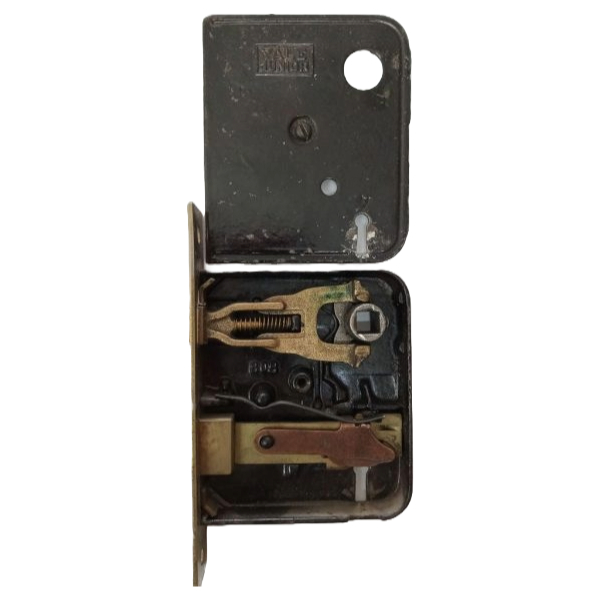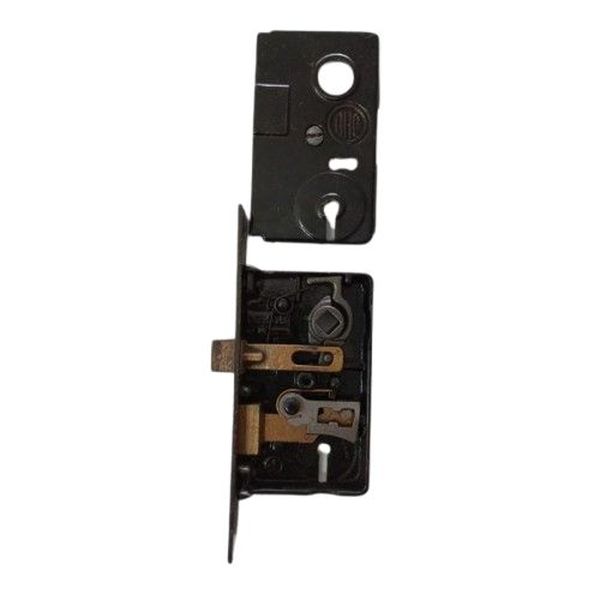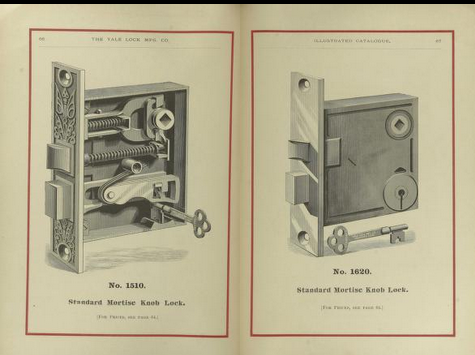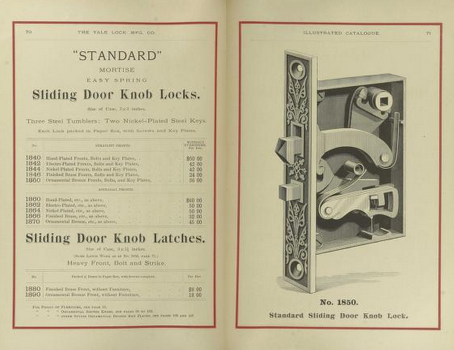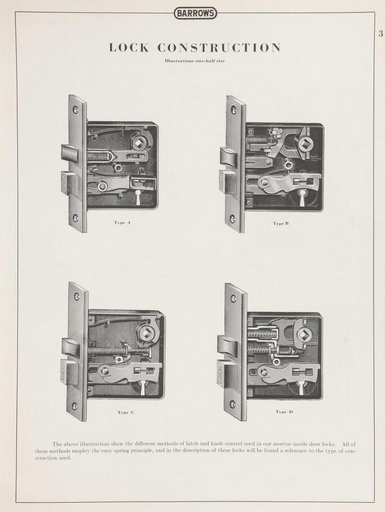Keys have been an essential part of human history, evolving alongside technology and design to protect valuables, secure homes, and keep secrets. From the ornate skeleton keys of the Victorian era to the specialized flat keys used for clocks and sewing machine cabinets, each type of key tells a story about the time and purpose it was designed for. In this blog post, we’ll explore the history and styles of keys, as well as provide a glossary of key terms to help you identify and appreciate these fascinating objects.
A Brief History of Keys
The concept of keys dates back thousands of years to ancient Egypt and Mesopotamia, where the earliest locks and keys were made of wood. By the Roman era, metal keys began to appear, offering greater durability and security. The Industrial Revolution brought significant advancements in lock-making, leading to the creation of more intricate and reliable keys. Over time, keys became not only functional but also decorative, reflecting the styles and craftsmanship of their respective eras.
Styles of Keys
- Skeleton Keys
- Description: Skeleton keys are long, slender keys with a single flat bit or blade. They are designed to open multiple locks of a similar type.
- Era: Common from the 18th to early 20th century.
- Uses: Often associated with Victorian homes, furniture, and interior doors.
- Flat Keys
- Description: Thin, flat keys with a series of notches or grooves that correspond to a specific lock mechanism.
- Era: Introduced during the late 19th century and widely used in the 20th century.
- Uses: Frequently found in cabinets, desks, padlocks, and more modern locks.
- Barrel Keys
- Description: Hollow, tubular keys with a bit at the end that fits into a corresponding pin mechanism.
- Era: Popular from the 17th to 19th centuries.
- Uses: Often used in clock winding mechanisms and some antique furniture.
- Clock Keys
- Description: Specialized barrel keys or flat keys designed for winding antique clocks.
- Era: Widely used from the 18th to 20th century.
- Uses: Essential for keeping mantle clocks, grandfather clocks, and other timepieces running.
- Sewing Machine Cabinet Keys
- Description: Small, flat keys or barrel keys designed to lock and unlock vintage sewing machine cabinets.
- Era: Common during the late 19th and early 20th centuries.
- Uses: Protects access to sewing machines and their storage compartments.
- Bit Keys
- Description: Keys with a solid shaft and a bit at the end, often intricately cut.
- Era: Popular in medieval and early modern times.
- Uses: Used for large doors, gates, and early chests.
Glossary of Key Terms
- Barrel Key: A hollow, tubular key often used in antique locks and mechanisms.
- Bit: The part of a key that interacts with the lock mechanism to unlock it.
- Bow: The handle or loop at the top of the key, often decorative.
- Flat Key: A thin, notched key designed for modern locks.
- Keyhole Escutcheon: A decorative plate surrounding the keyhole to protect the surface and add style.
- Skeleton Key: A versatile key designed to open multiple locks with similar mechanisms.
- Ward: The internal obstruction in a lock that prevents the wrong key from turning.
- Tumbler: A movable component inside a lock that prevents it from opening without the correct key.
- Master Key: A key designed to open multiple locks within a system.
- Lever Lock: A type of lock mechanism often found in antique furniture.
Collecting and Caring for Antique Keys
Antique keys are highly collectible due to their craftsmanship and historical significance. If you’re interested in collecting or using antique keys, here are some tips:
- Research: Learn about different styles and their historical contexts to identify and appreciate unique pieces.
- Preservation: Clean keys gently with a soft cloth and avoid abrasive methods that could damage their patina.
- Display: Consider framing your collection or using shadow boxes to showcase the intricate designs.
Unlock a World of History
Keys are more than just tools; they are symbols of security, craftsmanship, and history. From the delicate curves of a skeleton key to the practicality of a flat key, each piece reflects the ingenuity of its time. Whether you’re restoring antique furniture or building a collection, understanding the history and styles of keys adds depth to your appreciation for these fascinating artifacts.
Looking for antique keys to complete your collection or restoration project? Explore our curated selection of vintage and antique keys on our website. Let us help you unlock a piece of history!


